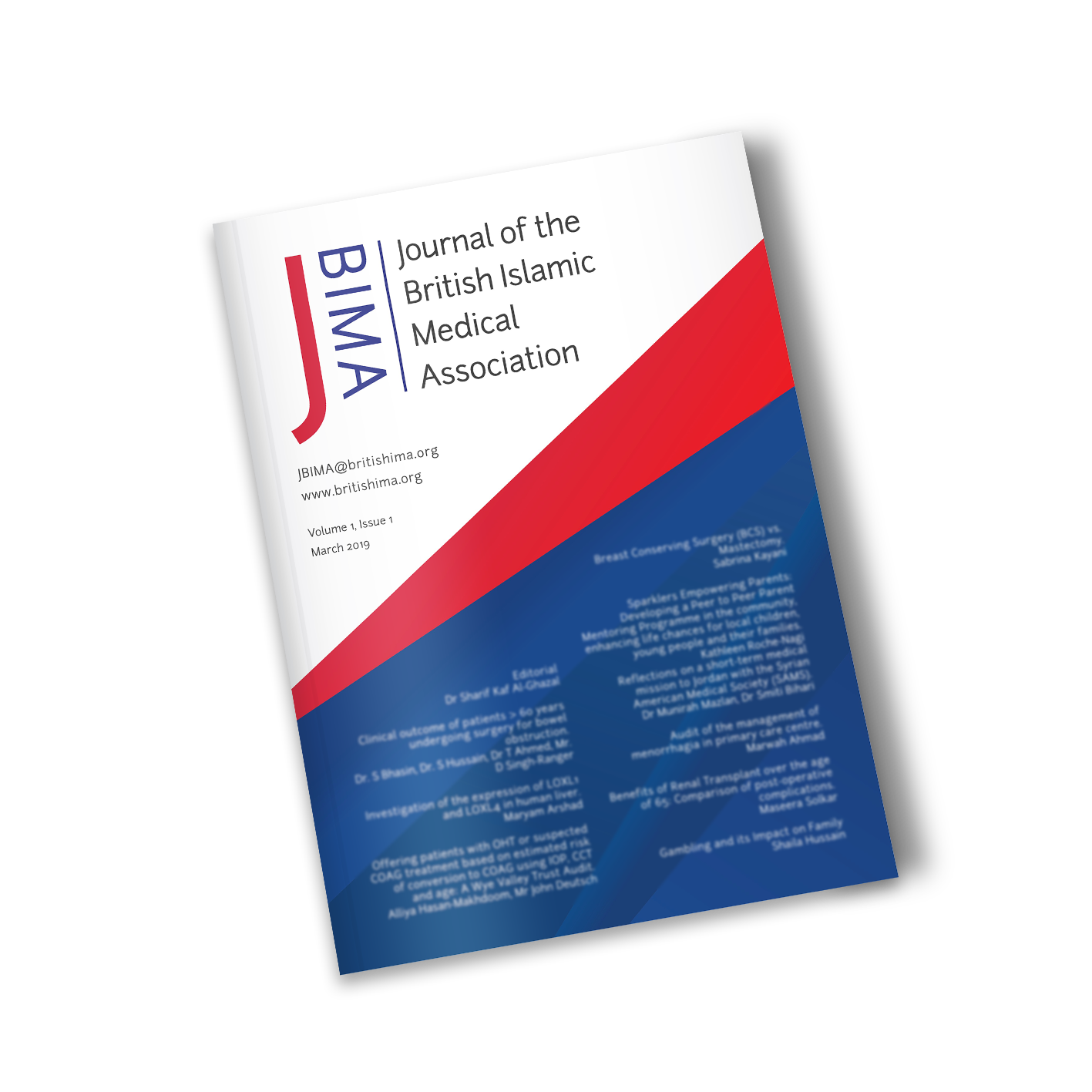
The study of medicine, like mathematics and philosophy in the ancient world followed a familiar course: The Mesopotamians and Egyptians discovered a few basic principles, and then the Greeks vastly expanded this knowledge into more practical applications at the hands of the famous Hippocrates, Aristotle and Galen alongside many others.
While scientific learning was languishing in the West, it was flourishing in the East at the hands of the Muslims. As the Muslim armies swept into Syria, Muslims accessed a rich heritage of the Romans and Greek. Besides, the Muslim conquests brought them into contact with the ancient cultures of Persia and India. Indeed, Muslim scientists embarked on translating and embracing previous knowledge and further advancing them at the hands of great scientists. Amongst the well-known leaders in the field of medicine are Rhazes and Avicenna who had a direct influence on Albucasis.
This review aims to offer a better understanding of the work of Abulcasis, particularly exploring the influence he has had on modern medicine. And although the book is not necessarily the most in-depth exploration of Abulcasis’ work, it is nevertheless a worthy addition on the history of Islamic medicine.
Albucasis was born in al-Zahra in 936. At the age of 25, he served as the royal physician to the court of Cordoba’s caliphate al-Hakam II, and had many students. This Muslim physician was probably of Spanish, not Arabian, descent. His life’s work known as ‘Al-Tasrif’ was a comprehensive encyclopaedia of medicine, perhaps the greatest work of its kind written during the Middle Ages (Al-Tasrif Liman Azija an al-Ta’lif, usually called the ‘Methods of Medicine’). Although only the last volume of it was dedicated to surgery, it became the widely known part in the west. Like Avicenna, Albucasis believed that doctors should closely observe their patients. Reviving the spirit of Hippocratic medicine, he urged doctors to behave ethically towards their patients.
Almost every possible medical condition is touched upon in his book ‘Al-Tasrif’. Like Aristotle and Galen, he was not content to merely record the details he observed in humans. Instead, he also dissected animals to compare their internal organs with those of humans.
Below are some examples of the achievements of Albucasis in the different surgical fields:
Orthopaedics (bone and joints surgery): he described procedures in this area including Kocher’s technique for repairing dislocated shoulder. He also described the technique of patellectomy, or the removal of the knee bone in cases when it is smashed.
Dentistry: he described many dental problems such as misaligned teeth and suggested ways to correct the flaws. He also demonstrated techniques to re-implant teeth which had been knocked out of the mouth and described how to make artificial dentures of the bones of animals.
Plastic surgery: he used ink to mark incision sites and described breast reduction surgery
Gastrointestinal surgery: he operated successfully on the bowels. He also developed the innovative use of silk and catgut to stitch wounds shut.
Neurosurgery: He described may conditions caused by head and spinal injuries. He developed special tools for drilling into the skull without damaging the brain. He also demonstrated techniques to heal spinal fractures.
Ear, nose and throat surgery (ENT): He described methods to heal fractures of the nasal bones. He also performed delicate surgeries on the ear.
In addition to the many surgical techniques he described, Albucasis developed a variety of surgical instruments, some of which remain in use today. These include tongue depressors, tooth extractors, obstetric devices (including forceps), a hook to remove nasal polyps, syringes to perform enemas and various surgical knives and saws. He also perfected the use of cauterisation to seal blood vessels, as well as, the technique of ligation or tying off major blood vessels to prevent bleeding.
Albucasis was very careful in his advice to those who wanted to become surgeons. He demanded that they complete their studies of general medicine before they tried to perform surgery. This plan of learning is remarkably similar to our own modern system of training doctors of learning general medicine before specialising in any area.
When Toledo city was captured by Aflonso the Brave in 1085, Gerard of Cremona arrived there and embarked on translating many of the major Arabic scientific books, including Albucasis’s Al-Tasrif. From Toledo, Al-Tasrif spread throughout Europe. The great French surgeon Guy de Chauliac (1300-1368) quoted Albucasis more than 200 times in his great surgical book, the Great Surgery (Chiurgia Magna), which was used as a medical textbook for more than 300 years.
In 1471, Al-Tasrif was printed in Venice, and quickly became a standard medical text. As late as the 16th century, another great French surgeon, Jacques Dalechamps (1513-1588) was quoting Al-Tasrif. Albucasis’ title of ‘the chief of all surgeons’ was well earned, as Italian translator Pietro Argallata called him in the 15th Century.
As the glory of Albucasis’s work increased, that of al-Andalus declined. More cities fell at the hands of the Christian kingdoms in the north. In 1492, Granada, the last Muslim kingdom in Spain, fell at the hands of Ferdinand II. This ended the 700-year existence of Al-Andalus with its unique culture which incorporated the best of three worlds, the Muslim world, the ancient Greek world and the new world of Europe.
Finally, it would have been beneficial to have the author expand more on the instruments Albucasis pioneered and his rationale for doing so as well as the surgical subspecialties mentioned above. Ultimately, the book complements other textbooks on Islamic medical history well, especially on Albucasis himself and it would be good to see more scholarship linking the work of Albucasis’ teachings to modern surgical specialties.

